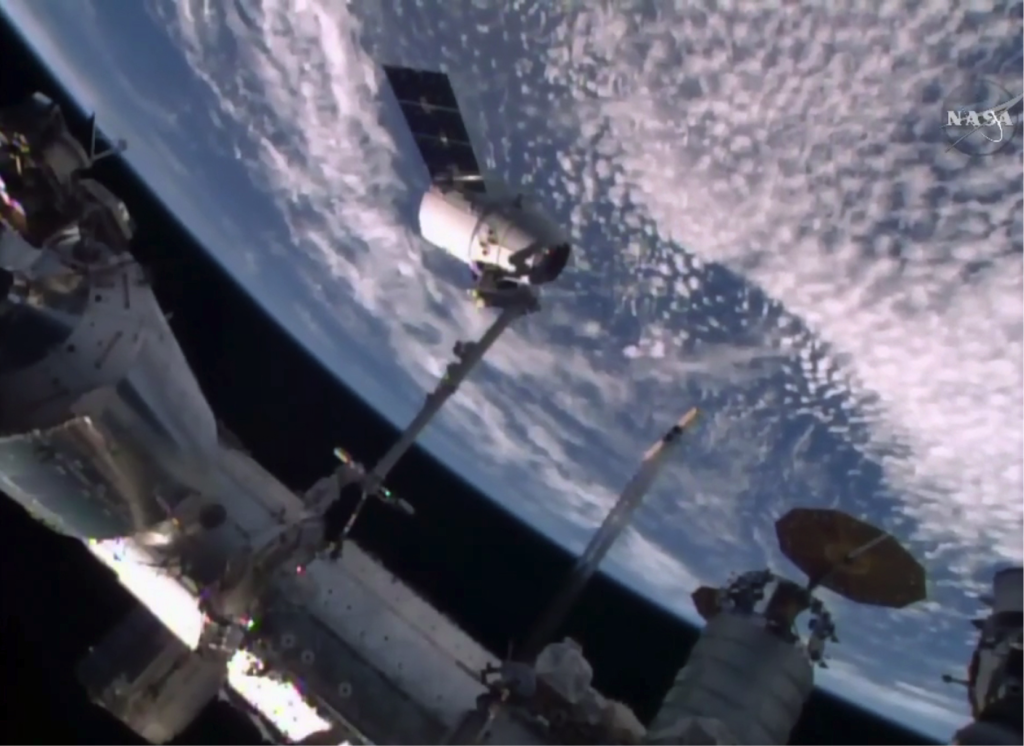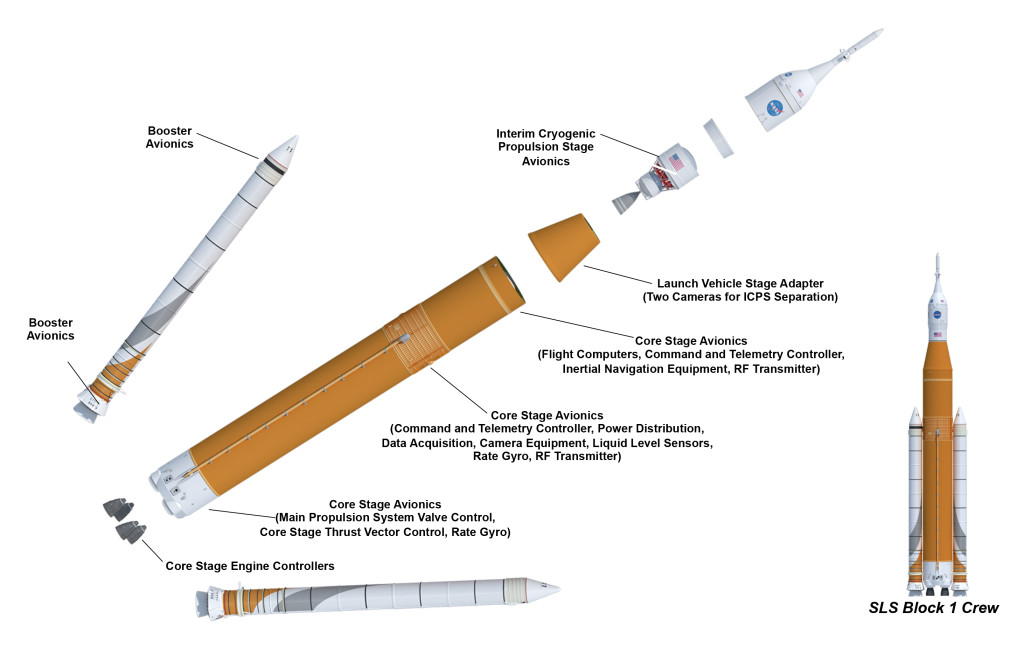
They came for an awesome display of pure propulsive power.
They got a lesson in the realities of spaceflight. …Followed by an awesome display of pure propulsive power.
While engineers in Utah prepared for the second Qualification Motor (QM-2) test of a Space Launch System (SLS) solid rocket booster, another team of NASA engineers from Marshall Space Flight Center visited the U.S. Space & Rocket Center in Huntsville, Alabama to give a presentation to Space Camp trainees and museum guests explaining what would be happening during the test, how the boosters work, what the next steps are to get the boosters ready for the first launch, and how Space Launch System will play a key role in NASA’s Journey to Mars.
The museum, which is home to Space Camp, is practically in the backyard of NASA’s Marshall Space Flight Center, where SLS is managed. On the morning of the test, museum attendees and Space Camp trainees filled a theater at the museum to watch the two-minute-long firing of the 17-story solid rocket booster, the most powerful ever built for human spaceflight. The firing would provide information to answer 82 questions about how the booster performs, including how it would respond in cold-weather conditions.
What they ended up seeing that day was a huge milestone for the Space Launch System and a major step toward human exploration of deep space. The motor performed as anticipated for the burn. The inside of the motor, where the propellant had been cooled to 40 degrees Fahrenheit to simulate a cold day at the launch site, reached nearly 6,000 degrees, and the flames leaving the booster melted sand into glass. The test clears the way for qualification of the solid rocket boosters as ready to fly on the first launch of SLS in 2018.

In addition to the test and presentation, they also got a real-life lesson on the challenges in developing and flying space systems. As hundreds of children took their seats, the live NASA TV feed appeared on the giant theater screen, showing the booster mounted in the test stand – and the word “hold” underneath it.
A technical issue had delayed the test – a problem with a sequencing computer. When one listens to the audio feed of a rocket or shuttle launch, you can hear announcements of the steps being taken as the countdown clock nears zero – “vehicle is on internal power,” “main engines start,” etc. For a rocket to launch, numerous things have to all happen properly, and all in the correct order, one event paving the way for the next. The booster test required that same sort of preparation and precision – many things had to happen properly, and in the proper order, both before and after ignition of the booster. When the computer responsible for managing that sequence failed to function correctly, the test had to be delayed.
From a big picture view, the delay was relatively minor – after a discussion on how best to proceed, the software was changed out, the clock was reset, and the test took place just one hour after it was originally scheduled.
During the delay, the audience heard the NASA team’s presentation and got a big-screen viewing of last year’s first qualification motor test (QM-1) test. But they also got a real-world demonstration of what they’d been learning in Space Camp – the best word you can hear in the space business is “nominal,” meaning everything is proceeding as expected, but there are sometimes you don’t hear that word. You work as hard as you can to make sure that you do, and you work as hard as you can to be prepared for when you don’t. When an “off-nominal” challenge arose, the NASA and Orbital ATK team in Utah rapidly assessed the problem, identified options for moving forward, evaluated the risks and benefits, and implemented a solution that allowed the test to proceed quickly and successfully.

While some of the original attendees had to leave in favor of hands-on activities like microgravity water-tank training, when the test took place, the remaining audience counted down to the firing, and cheered when the booster ignited and extinguished, the giant screen showing the close-up shots at almost life size and the sound system doing its best to do justice to the roar of the motor as it turned desert sand into glass. There was excitement over the observation that the next time a booster like this is lit, it will be powering SLS off the launch pad for its first flight.
The one QM-2 solid rocket motor, by itself, produced more thrust than it takes to lift most rockets off the ground and send them into space, and required millions of pounds of concrete in the test facility to make sure it didn’t move.
Next time, there will be nothing holding it back.
Next Time: All Roads Lead to Florida
Join in the conversation: Visit our Facebook page to comment on the post about this blog. We’d love to hear your feedback!








